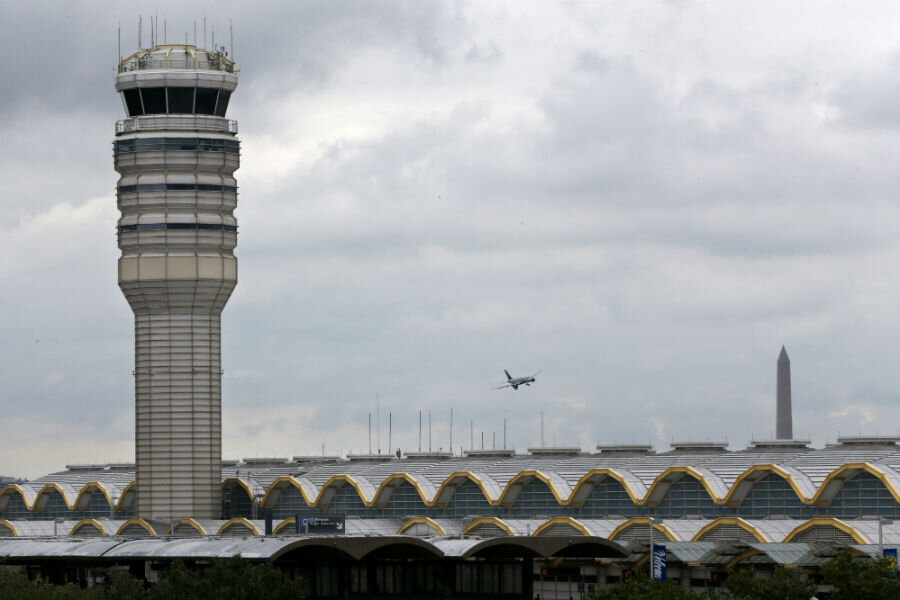FAA struggles to modernize as glitch grounds hundreds of flights
Loading...
Blame technology for this weekend's widespread flight delays and cancellations along the East Coast.
The Federal Aviation Administration (FAA) acknowledged Saturday there was a problem with the Route Automation Modernization computer system, also known as ERAM, which is at the “backbone” of the agency’s large-scale efforts to modernize. ERAM went on the fritz at an air traffic control center in Leesburg, Va. on Saturday, halting a system that is meant to diminish gridlock both on runways and in the air.
Delays began building at about 9:45 a.m. Saturday, according to FlightRadar24, a flight monitoring website. Flights bound for airports in the Washington area were some of the most affected, including Washington's Reagan National Airport and Dulles International, as well as Baltimore-Washington International Thurgood Marshall Airport and Charlotte-Douglas International Airport in North Carolina, the Associated Press reports.
The FAA said on its website that the transition to ERAM, which is part of a larger FAA modernization project called NextGen, was "one of the most complex, challenging, and ambitious programs deployed" by the agency in its history. Some have compared the upgrading of air-traffic control technology while maintaining flight operations to replacing a flat tire while driving down the road.
An Inspector General report released about six months prior to the NextGen project finishing ERAM stated the FAA had not met the expectations of Congress and industry stakeholders in its efforts on NextGen, with key modernizations like ERAM significantly exceeding the budget, and implementation facing regular delays. The FAA spends nearly $1 billion annually on NextGen, according to General Aviation News, with about $10.5 million going toward ERAM each month, according to the Inspector General.
The Washington Post put the ERAM launch at four years behind schedule and several million dollars over budget.
Still, according to the Post, NextGen is needed. ERAM, specifically, is meant to replace outmoded radar with multiple systems on the ground and in planes to meet the growing demand on air travel, which is projected to serve one billion passengers by 2021.
Using the new GPS technology, planes are able to safely travel congested skies closer to other planes and navigate more direct flight paths, as opposed to the older system, which relied heavily on flying to specific coordinates, and often maintaining a holding pattern, before landing at a final destination.
Direct routing, as the Post calls it, cuts billions of dollars in fuel costs and minimizes pollution. It also allows for more precise choreography of planes at airports, reducing the amount of fuel wasted waiting for takeoff or burned because planes ready to land are diverted into holding patterns, the Post reports.
The FAA used Reagan National Airport, which suffered the most disruption Saturday, as its backdrop last April to announce the completion of ERAM.
“This is a really, really big deal,” FAA Administrator Michael Huerta said at the press conference, adding that ERAM is “the backbone” of the NextGen project.
“ERAM gives us a big boost in technological horsepower over the system it replaces,” Huerta said.
The FAA posted on Sunday morning that it "is working with the airlines to resume normal air traffic operations after an automation problem" with ERAM that still has not been identified. The FAA in the same statement reported 492 related delays and 476 cancellations on Saturday.
"The FAA is continuing to diagnose the cause of yesterday's problem, and has not seen a reoccurrence of the original issues."








